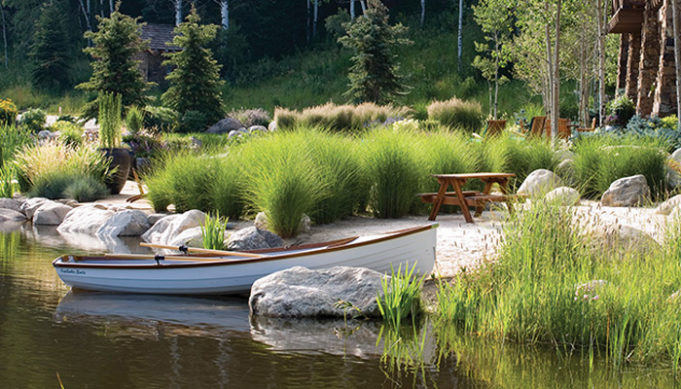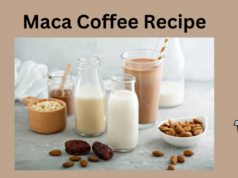The two most common and essential types of pond plants are oxygenators and floating pond plants. Oxygenators are important, especially if you wish to keep fish in your pond, as they add oxygen to the water. Purchased in bunches with weights wrapped around the bottom of the plant, oxygenating bunch plants should be fully submerged. Some great oxygenating plants include:
Anacharis
This hardy plant can grow to 1 meter in height. The tough, plastic-like leaves are usually left alone by fish looking for a snack, and tend not to dirty a pond with fallen leaves as much as some plants. Anacharis is inexpensive, adds plenty of oxygen into a pond, and can be found at most aquarium and gardening stores.
Hornwort
Hornwort is a favorite oxygenator amongst water gardeners. This water plant has bushy needle-like leaves. Hornwort grows very fast, and can reach a meter in height in several weeks. This plant has no roots, and will float to the top in warm weather, so it needs to be weighted down.
Hornwort is an excellent cover plant for fish. Many pond fish find the leaves of a hornwort plant the perfect place to lay their eggs.
The only drawback to hornwort is that if there is a lot of it in a pond, and it sheds leaves, the discarded leaves can make a mess. This happens especially when fish medications containing copper are used in the pond, so it is best to avoid these medications.
Cabomba
Cabomba looks a lot like hornwort, but has fan-shaped leaves instead of bushy needles, giving it a more dainty look. A shoot with a purple bloom may emerge from a cabomba plant if the water gardener is lucky.
The only problem with caboma is that its structure is not as tough as anacharis or hornwort. If there is a lot of water movement, such as from a waterfall, cabomba may be broken apart by the current.
Floating plants provide cover for fish and help control algae. The most popular floating pond plants are:
Water Hyacinth
Just about everyone that has a pond or water garden adds at least one water hyacinth to it in spring. These floating plants provide cover for fish, and eat up excess nutrients, which helps with algae control. The stalk of the water hyacinth produces attractive, purple flowers.
Water hyacinth is a fast growing plant, and can double its population on the surface of the water in two weeks. The rapid growth of the water hyacinth makes it perfect for temperate areas that do not have long spring and summer seasons. If water hyacinth begins to overtake the surface of the pond, some of the plants should be removed.
Water Lettuce
Water lettuce is a floating plant that, as water hyacinth, helps provide shade for fish and fight algae growth. This cover plant forms a rosette shape, and stays lower to the surface of the pond than water hyacinth. The velvety, lettuce-like leaves may sprout white flowers, but this happens rarely.
Though not quite as prolific as the water hyacinth, water lettuce still spreads rapidly, so is ideal for areas with shorter spring and summer seasons. Again, as with water hyacinth, water lettuce should not be allowed to overtake the surface of the pond.
All the above plants originate in tropical regions. Pond owners and water gardeners in temperate regions should not purchase any of these plants until the water reaches 15º C. These plants will not survive a cold winter, so will have to replaced when opening a pond in spring.



















